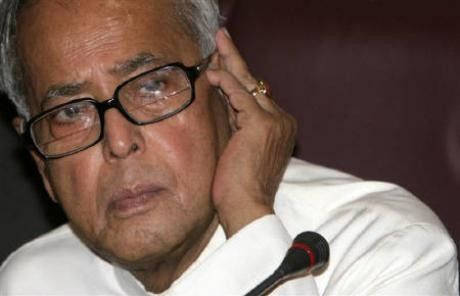Indian Budget 2012 -2013 to Carry Same Tone as Last One

The Indian Budget, which will be tabled in the Parliament Friday, is expected to incorporate same features as the previous budget, as the country faces challenging economic conditions and uncertain political scenario.
We expect the underlying tone of the upcoming Union Budget to be characterised by the same four features as in the 2011 budget: subdued revenues, high and sticky expenses, stubborn deficits, and optimistic government projections, said a note from Barclays Capital.
The Indian government has been unable to meet the lofty projections announced in the last budget regarding maintaining economic growth and containing the inflation.
The gross domestic product (GDP) initially estimated at 9 percent for 2011 -2012, was finally reduced to 7.1 percent by the prime minister's Economic Advisory Council. The budget also forecast the inflation rate at 5 percent for the fiscal year, but the inflation stood above 10 percent till October 2011, before easing to just below to 7 percent in February.
On the fiscal deficit front, the Finance Minister Pranab Mukherjee estimated the deficit at 4.6 percent for the fiscal year ending March 31, 2012, but analysts believe the deficit to climb above 6 percent as the slower growth rate and a higher subsidy bill likely to impact the government revenues.
The FY 11-12 budget deficit looks set to be significantly larger than the government's initial projection. We are revising our FY 11-12 fiscal deficit forecast to 5.8-6.0% of GDP to reflect slippages in both revenue and expenditures compared with the official projection. Revenue collection was weak in FY 11-12, said Barclays Capital.
But, the biggest challenge before the Finance Minister in the forthcoming budget is to strike a balance between fiscal consolidation and boosting economic growth.
The biggest challenge for the FY 12-13 budget, in terms of a guiding framework, is to strike a balance between fiscal consolidation and revitalising growth by improving investment sentiment. This will be difficult as the government does not have the required fiscal headroom to achieve this properly, in our view, given the high fiscal deficit, said the note.
© Copyright IBTimes 2025. All rights reserved.





















